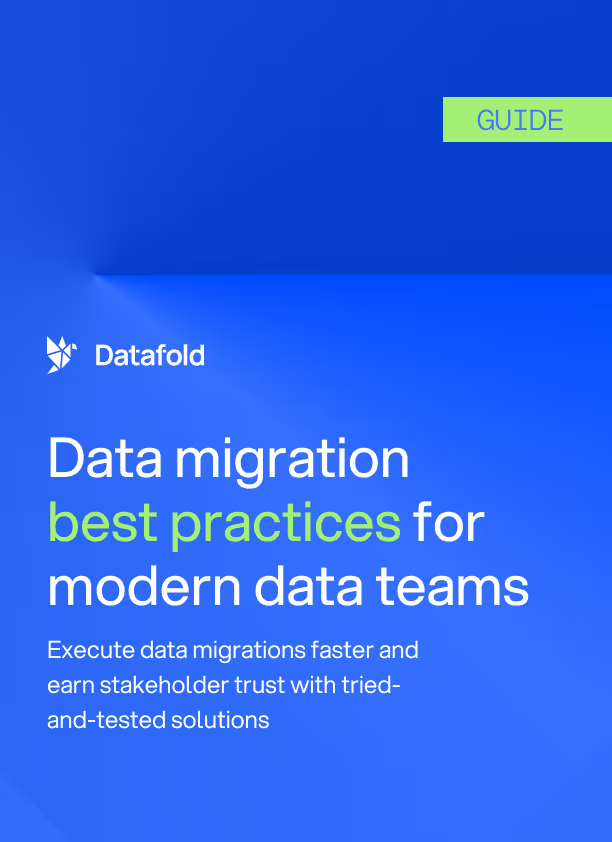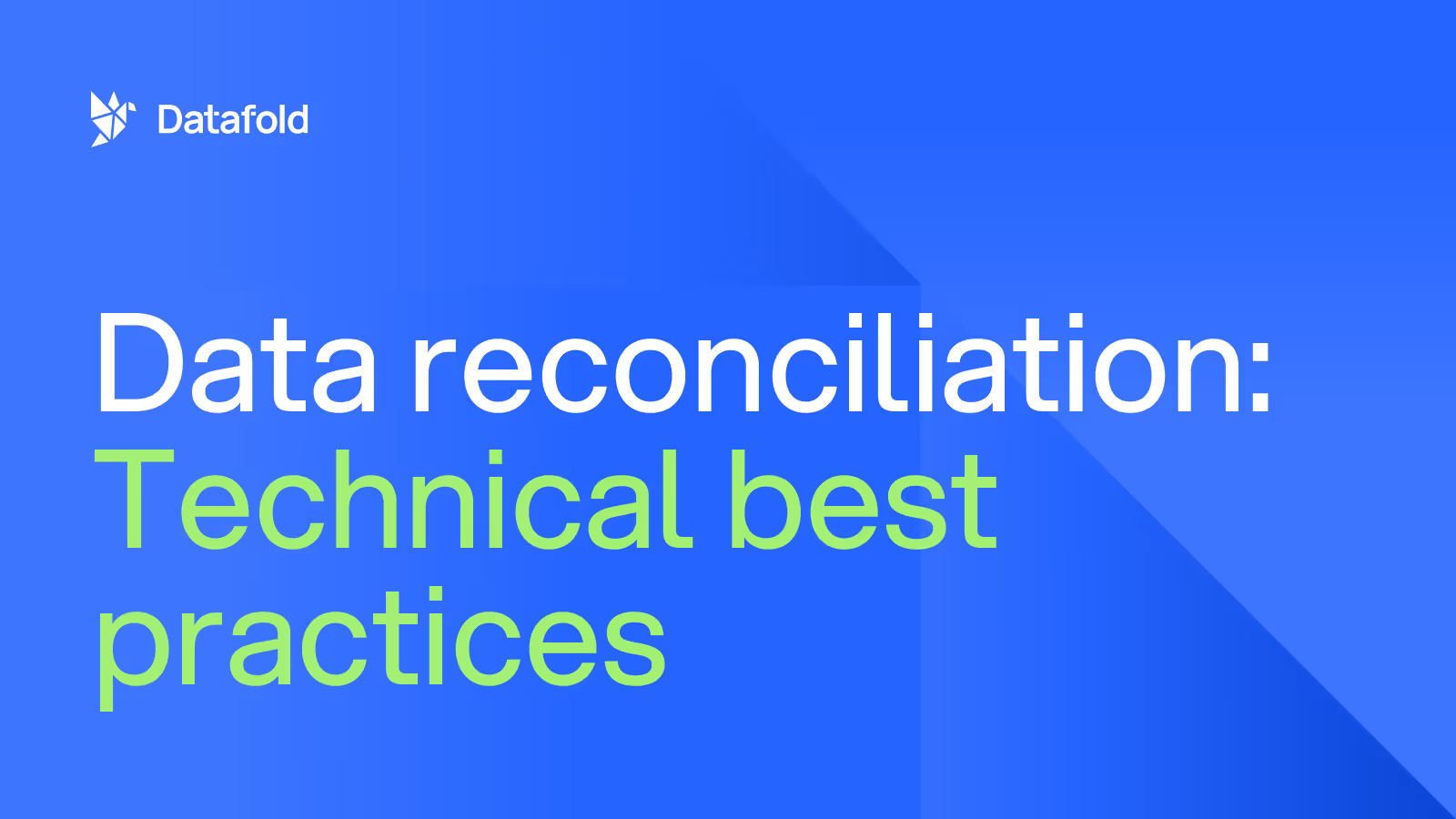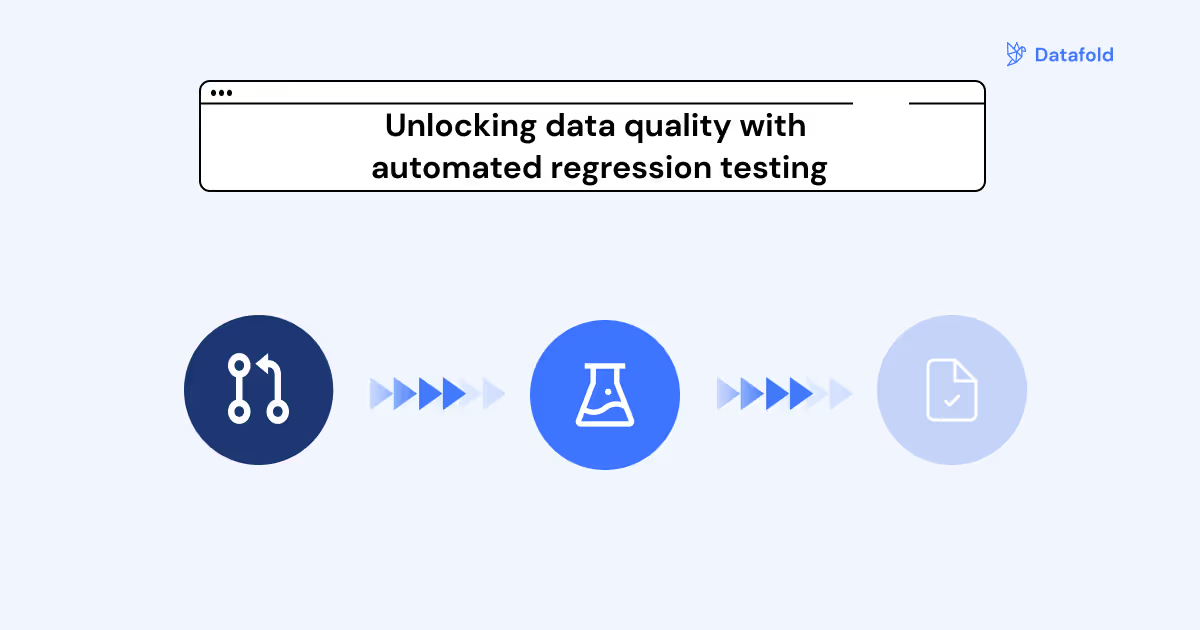The evolution of data migrations: Past, present, and AI-powered future
Data migrations have long been a headache for data teams, but change is coming. AI and machine learning are making migrations faster and more efficient. These advancements could reshape the future of data engineering and infrastructure management.

Data migrations have long been a necessary yet dreaded task for data teams. As businesses came to rely on data-driven decision-making, the complexity and scale of data migrations have grown exponentially — as has frustration and dread. But things are about to get much more interesting.
We’re on the cusp of a seismic shift in how we handle data migrations, one that will dramatically improve not only the experience we have while doing them but our ability to create data products altogether.
Where we've been
A decade ago, data migrations were simpler affairs. Data volumes were smaller, systems less complex, and the business impact of data was not as critical as it is today. The introduction of cloud data platforms like Snowflake, Databricks, and BigQuery changed the game. These platforms made it incredibly cheap and easy to collect, store, and transform vast amounts of data.
However, this data explosion came with a price. As organizations accumulated years—sometimes decades—of data and pipelines, migrations became increasingly complex and time-consuming. Teams found themselves dealing with:
- Multi-petabyte migrations costing hundreds of thousands — even millions — of dollars
- Tens of thousands to millions of tables and views to move
- Complex dependencies and business-critical data that required perfect accuracy
- Predominantly manual, line-by-line code translations that could take months or even years to complete
In response to these challenges, teams have explored various solutions. Some (including the data warehouses that have acquired their fair share) turn to SQL translators, hoping for automatic conversions. Unfortunately, these tools that mostly rely on predefined grammars and hardcoded rules often falter with complex, enterprise-scale queries and the diversity of SQL dialects and frameworks to convert from and to. Others outsource to consultants, trading the internal resource drain for a hefty price tag and external experts that, while deeply knowledgeable, often lack the deep, contextual understanding of a company's data ecosystem.
All of these approaches struggle with crucial post-migration data validation, leaving teams uncertain about accuracy and completeness. And yet somehow — it’s what so many of us are still doing. Data teams are stuck between the need to modernize their infrastructure and the daunting task of migration.

Where we're going
The future of data migrations is bright, thanks to the advent of AI and machine learning technologies. We're entering an era where migrations will be:
- Automated: AI-powered systems will handle the entire migration process, from code translation to validation and error correction.
- Efficient: Projects that once took 6-12 months can now be completed in just a few weeks.
- Accurate: Advanced validation techniques ensure value-level parity between legacy and new systems, minimizing the risk of errors.
- Continuous: Rather than being once-in-a-few-years, one-off projects, migrations will become a seamless part of the data engineering workflow (more on why below).
- Cost-effective: By dramatically reducing the time and resources required, migrations will no longer be a massive drain on teams and budgets.
Maybe this is where you say it sounds too good to be true. But we're in the midst of a perfect storm of technological advancements.
Large language models (LLMs) have revolutionized our ability to manipulate and understand code semantically. What once required extensive manual work to create grammars and vocabularies for different SQL dialects can now be done with remarkable accuracy by AI. Combine this with advanced data reconciliation capabilities, and you get a powerful feedback loop. This system doesn't just translate code; it learns from its mistakes, validates results, and continuously improves – much like a human engineer would, but at an unprecedented scale and speed. It's not magic. It's progress in AI, machine learning, and data engineering finally converging to solve one of the most persistent challenges in our field.
At Datafold, we're pioneering this future with our AI-based migration solution. Our system combines the power of large language models for code translation with our industry-leading cross-database data reconciliation capabilities. This unique combination allows us to:
- Automatically translate complex SQL queries between different dialects and frameworks (e.g. stored procedures > dbt)
- Validate data at scale across disparate systems
- Identify and correct code discrepancies without human intervention
- Continuously improve through a feedback loop of translation, validation, and correction
The result is a migration process that's not just faster, but smarter and more reliable than ever before.
The great unlock: Micro-migrations in an AI-powered future
As we look to the future, AI-powered solutions like Datafold's are set to transform migrations from a dreaded chore into a streamlined, efficient process. This shift will free up data engineers to focus on what really matters: creating value from data and driving innovation within their organizations.
But the impact of faster, more efficient migrations goes far beyond just saving time and resources. Imagine a world where data teams can freely move workloads between different engines and vendors, optimizing for efficiency, performance, and cost on a granular level. We're talking about a future where you could shift specific ELT jobs to a more cost-effective platform, or quickly adapt your infrastructure to support new business initiatives. This level of flexibility and optimization, enabled by easy "micro-migrations," could dramatically reduce costs and boost performance across the entire data ecosystem. It's a world where vendors might even bid for your workloads, offering the best price-performance ratio for your specific needs. While we're not quite there yet due to the challenges of SQL dialect differences and migration friction, AI-powered migration tools are a crucial step towards this vision.
By embracing these new technologies, businesses can accelerate their journey to modern data infrastructure, unlocking the full potential of their data without the traditional headaches of migration. The future of data migrations is here, and it's powered by AI and advanced technologies – paving the way for a more flexible, efficient, and cost-effective data landscape.

.avif)



